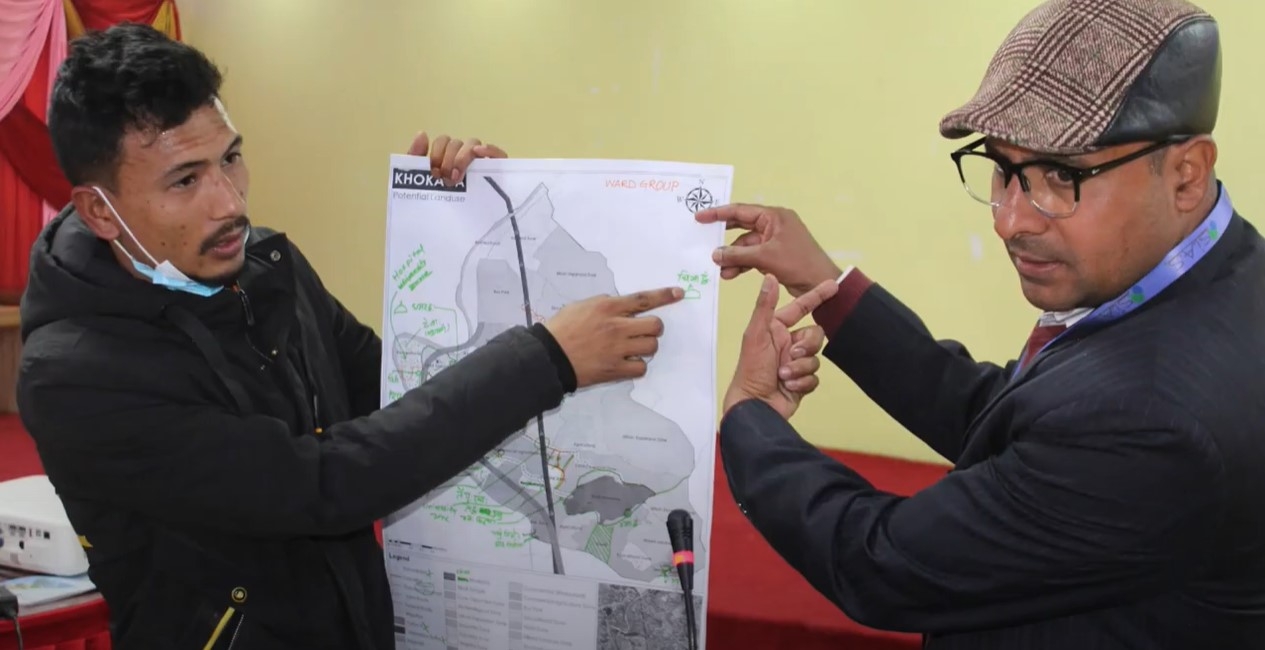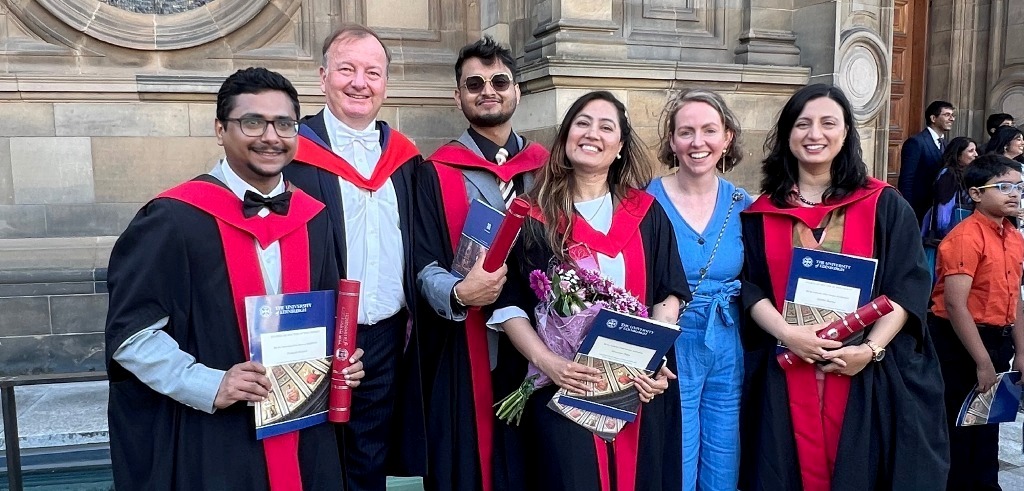
- Close
09/02/2023 | Kathmandu
Khokana visioning workshop – Part II

Following the first Visioning Workshop, the Kathmandu team has now finalised the Future Visioning module.
After completion of the Visioning workshop on 29-30 December 2021, researchers immediately started analysing the indicators in order to identify thematic visions (e.g., disaster, infrastructure, environment, culture, health), disaggregated visions (e.g., visions of WDMC, Women, Marginalised & Migrants or WMM) and finally a common/meta vision of Khokana by merging the disaggregated visions. These activities were performed in a series of steps with the active involvement of the disaggregated groups after the visioning workshop. For the meta-vision, a Task Force which included two representatives from each disaggregated group and SIAS researchers was formed.
Additionally, the infrastructures and land use scenarios that were envisioned by the disaggregated groups in the visioning workshop were translated into the GIS environment by the urban planners of the Institute of Engineering (IoE) Pulchowk. Subsequently, another workshop was organised to share this envisioned land use map with the same participants and the ward government on March 2022. The aim of this workshop was to share the preliminary findings of the draft land use map and collect participants’ comments and views on it so that the IoE team could revise the map by considering the community’s feedback and reproduce it accordingly. This revised map has already been shared with the ward in Khokana.
This second part of the Khokana Future Visioning is now summarised in a new video that it will help implement Tomorrow’s Cities Decision Support Environment (TCDSE) in Kathmandu in the coming days.


